Every Star Trek Discovery Easter egg and hidden reference you might have missed
Impress your friends with every Star Trek Discovery Easter egg from season 2 so far
Wormholes

OK, this isn’t really a Star Trek Discovery Easter egg as such, but the reveal that the Red Angel uses micro-wormholes to travel through time can’t help but bring to mind the entire premise of Deep Space 9, which is about the outpost being located next to a wormhole that allows access to a previously-unexplored region of the galaxy.
Phase discriminators
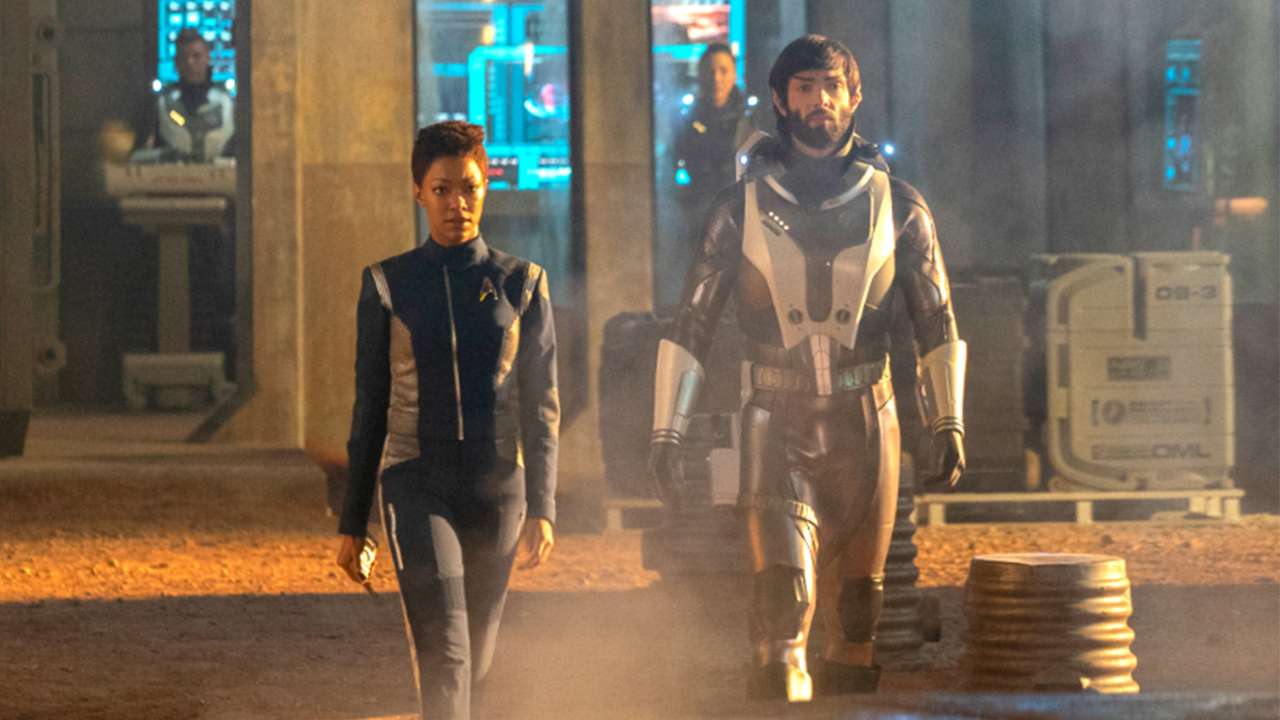
When the crew set their trap for the Red Angel, Stamets refers to using “phase discriminators”. This clever technology is referenced a lot in Star Trek. Put simply, they ensure that the subject appears in one piece, in the right time and the right physical condition - so pretty essential then!
In Enterprise’s Strange New World, a crewman is beamed up with debris in his skin because of a faulty phase discriminator in the ship’s transporter. They also prove essential in the Next Generation episode two-parter Time’s Arrow, where a race of aliens from another dimension are attacking the Enterprise. The crew manage to phase-shift into the same time continuum as the aliens to defeat them using phase discriminators. They’re also referenced in Deep Space 9’s Hippocratic Oath and Voyager’s Deadlock.
"20 years ago we discovered the Klingons were researching time travel..."
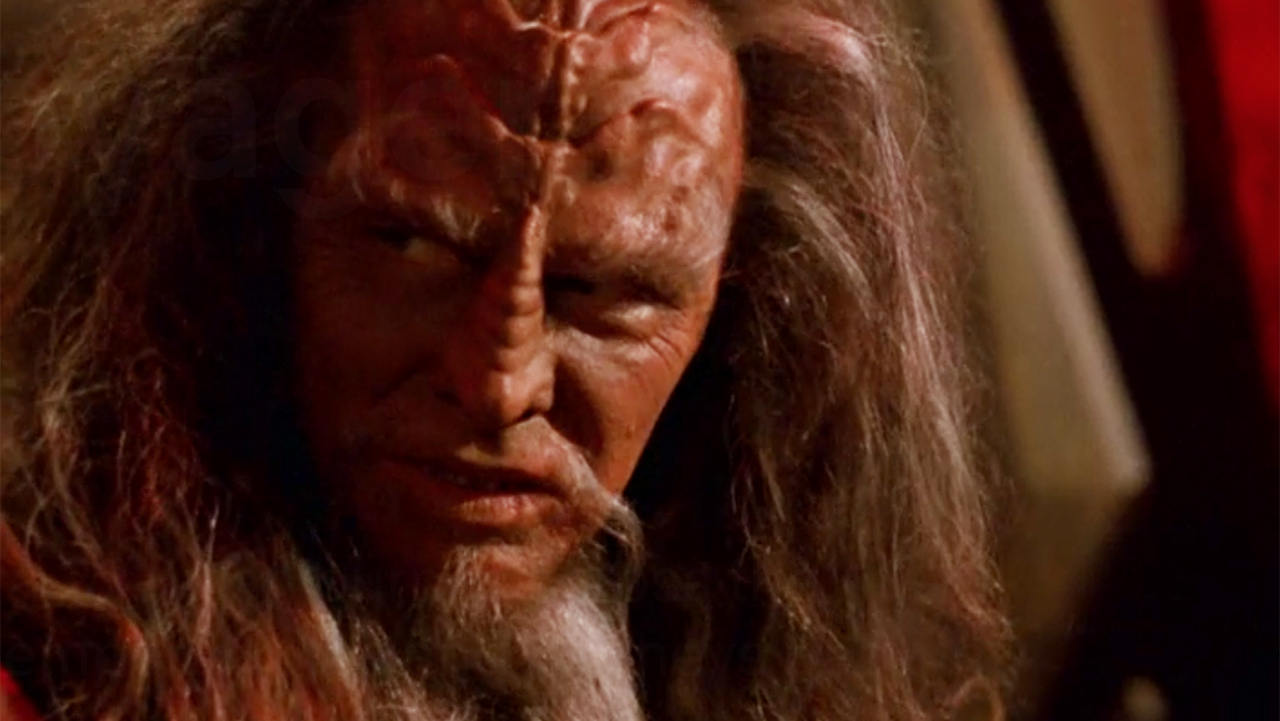
The revelation that the Klingons were investigating time travel 20 years before the events of Discovery may seem a little out-of-character - after all, Trek’s prime warrior race aren’t always portrayed as the most tech-savvy of species - but think again.
Indeed, time-travelling Klingons were at the heart of Gene Roddenberry’s planned - but abandoned - sequel to Star Trek: The Motion Picture, which was eventually replaced by Star Trek 2: The Wrath of Khan. Then there’s the matter of Korath - a Klingon scientist from an alternate timeline who has invented sufficiently advanced time travel tech in Voyager’s finale episode, Endgame.
Coming on in leaps and bounds
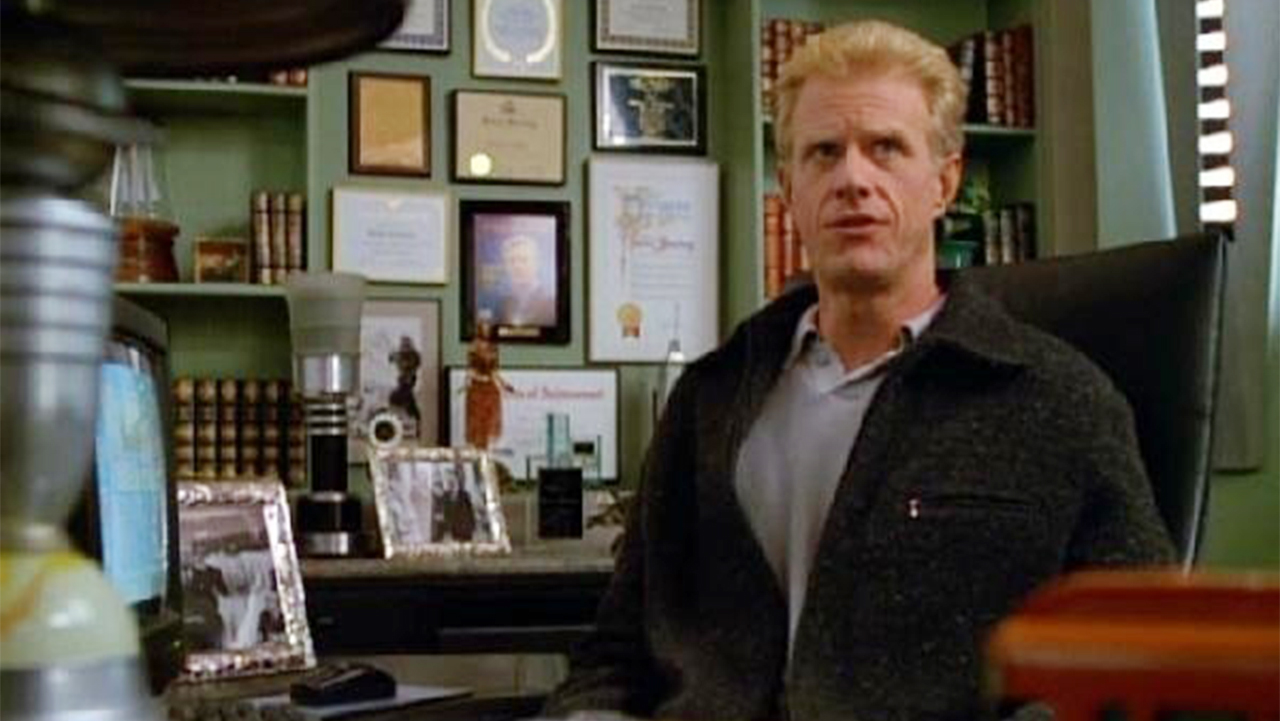
Now this one is especially interesting… The revelation that technological leaps in humanity’s history have been influenced by visitors from the future is a potentially huge avenue for the show to explore - and it has precedence. Star Trek 4: The Voyage Home touches on this idea with Scotty giving the formula for transparent aluminium to Dr Nichols in exchange for the materials he needs.
More notably, however, Voyager establishes in the Future’s End two-parter that 20th century Earth’s computer age arose largely because of interference from Henry Starling - a scientist who discovers a crashed timeship from the 29th century. It’s unlikely (though not impossible!) that Discovery is directly tying into this, but it’s clear that temporal interference is a fact in the Star Trek universe and that could lead to all sorts of trouble for Michael and co.
Get sneak previews, exclusive competitions and details of special events each month!
Episode 9
The voice of Star Trek

We missed this one last week, but If Memory Serves features a Trek milestone. With it, the late Majel Barrett-Roddenberry became the only person to feature in every Star Trek series. The actress played both the original Number One and Nurse Chapel in the Original Series as well as Lwaxana Troi in The Next Generation. She also provided the voice interface for Starfleet computers in The Next Generation, Deep Space 9, Voyager, and Enterprise. She appears briefly as Number One in that wonderful “Previously on Star Trek…” at the start of If Memory Serves.
Spock’s brain!

This is a fun sight gag. Our first glimpse of Spock in Project Daedalus comes with, yes, a lingering look at a 3D model of his Vulcan brain as Admiral Cornwell questions him. Fans of the Original Series are usually united on what is the series’ single worst episode: Spock’s Brain, a deeply goofy third season instalment where a race of aliens kidnap Spock, cut open his head and literally steal his brain. Dr McCoy then remote controls Spock’s body around the planet while searching for it. It’s hilarious nonsense, but lovely to see nodded to here.
Hiding in plain sight

This week’s episode states that Nhan is a Barzan. Trek fans have met this race before - one called Bhavani features in the Next Generation episode The Price, but as far as we can tell it’s never been established before what species Nhan is and they look quite different.
"There are others like me…"
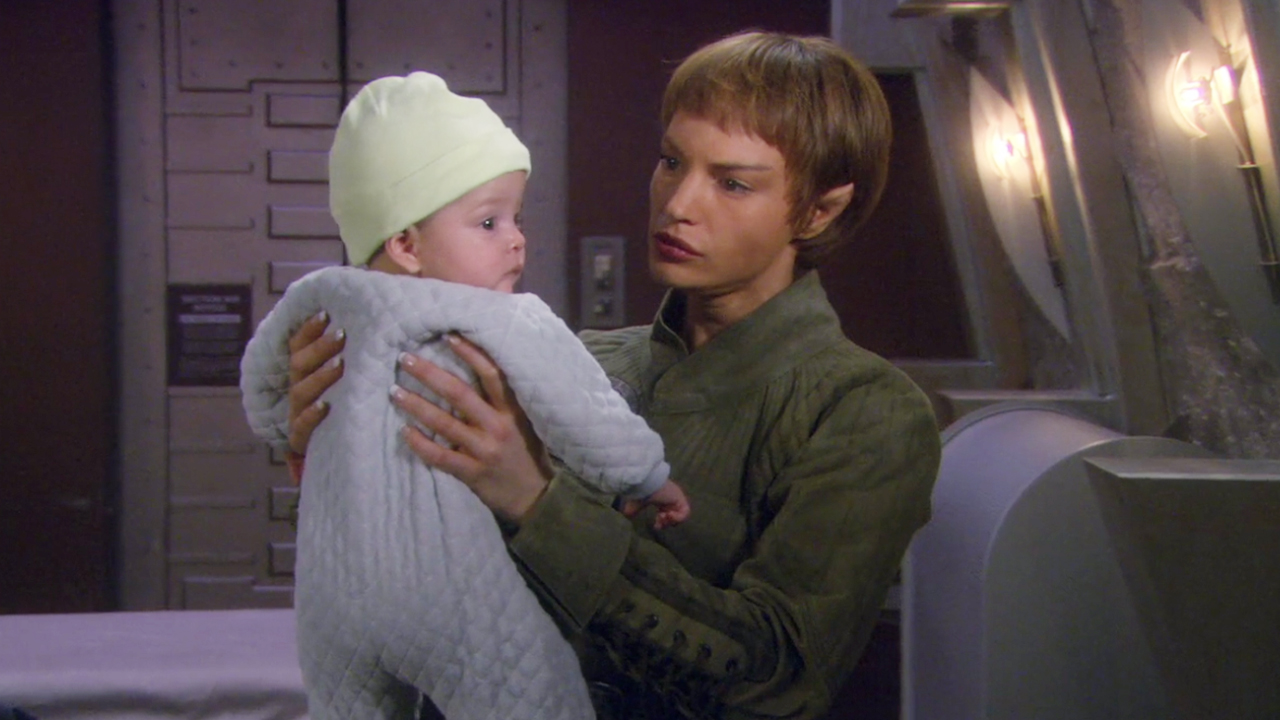
In the episode, Spock states: “I am half-human. Unusual, but there are others like me.” This is true, though the subject of humans and Vulcans breeding has been seen as a little contentious in the history of the Trek universe.
Enterprise explores this idea in three episodes. E² featured a half-human, half-vulcan character called Lorian (David Andrews), the son of Commander T’Pol and Charles Tucker from another universe. His final fate is left ambiguous.
More notable is Elizabeth, an infant clone made with the DNA of T’Pol and Tucker in the Enterprise season 4 episodes Demons and Terra Prime. The baby was created by the extremist group Terra Prime, intended to be a way of spreading a hateful message about “genetic pollution”. She’s rescued by the Enterprise crew, but dies shortly after, the Vulcan and human DNA being seemingly incompatible at that time. Clearly that hurdle is overcome in the following decades and it’s no longer a problem in Spock’s time.
"Two pairs of gravity boots…"
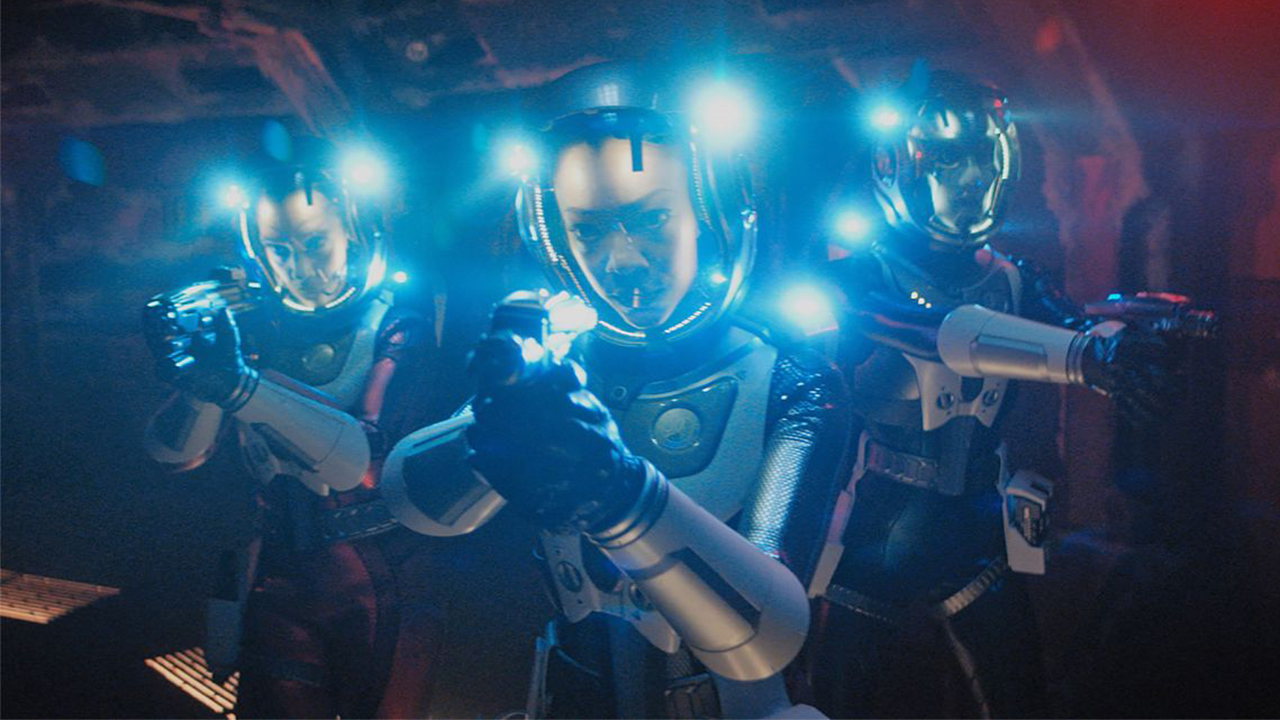
Project Daedalus seems to be deliberately channelling Star Trek 6: The Undiscovered Country at times. The sequence where the Discovery away team board the Section 31 base using gravity boots to find globules of blood floating in the air was straight out of the secret best Trek movie (hush now Wrath of Khan fans!), looking almost exactly like the scene where Kirk and McCoy board the damaged Klingon vessel.
Tilly is a board game nerd, because of course she is…
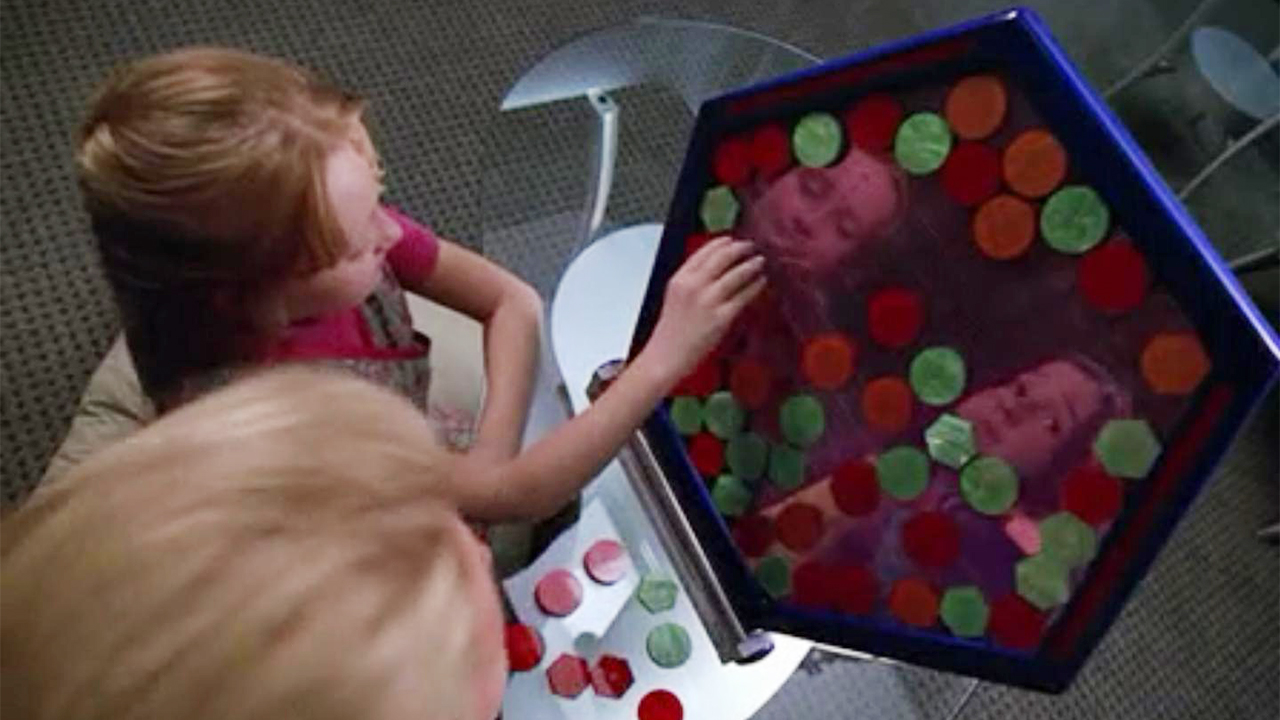
Towards the end of the episode, Tilly tells Airiam that she’s the best Kadis-kot player she’s ever seen. This is a nod to a fictional board game that’s popular in the 24th century. It’s referenced numerous times on Voyager, but clearly existed long before then.
Continue to Page 3 for more Star Trek Discovery Easter eggs

Will Salmon is the Streaming Editor for GamesRadar+. He has been writing about film, TV, comics, and music for more than 15 years, which is quite a long time if you stop and think about it. At Future he launched the scary movie magazine Horrorville, relaunched Comic Heroes, and has written for every issue of SFX magazine for well over a decade. His music writing has appeared in The Quietus, MOJO, Electronic Sound, Clash, and loads of other places too.


